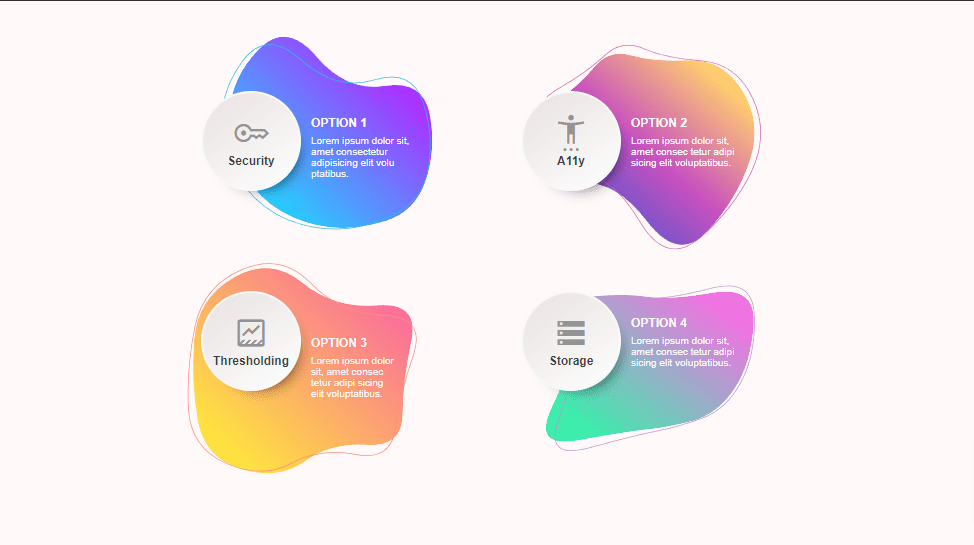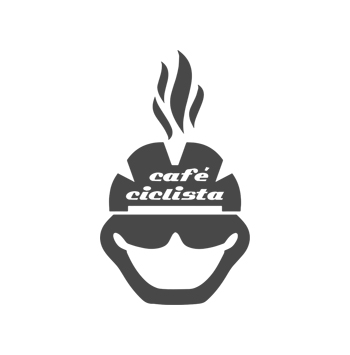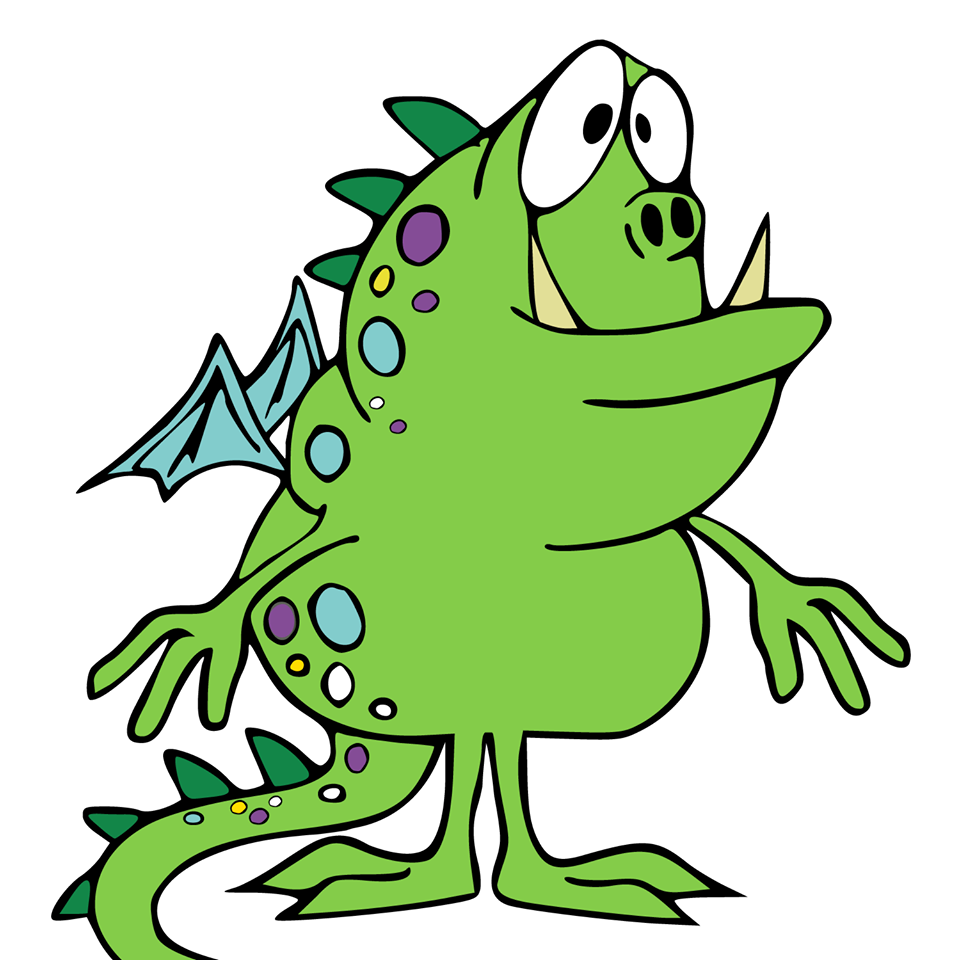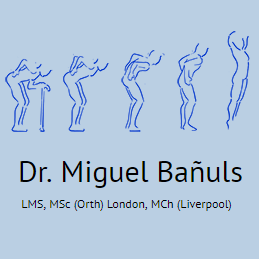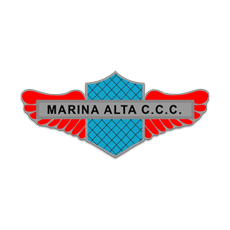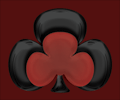CSS blobs are fascinating design elements that can add a playful touch to any website layout. As designers and developers explore the various ways to create CSS blobs, they uncover a wide array of techniques that can help to elevate user experience. From using border-radius properties to implementing SVG blobs, the versatility of these forms is truly remarkable. Many creative minds now turn to blob generators, which simplify the process and open up endless possibilities for unique designs. Whether you’re a seasoned pro or just starting out, mastering CSS blob techniques can transform ordinary visuals into eye-catching masterpieces.
When we talk about fluid shapes that can enhance web aesthetics, many might refer to them as organic forms or dynamic visuals. These captivating design elements, commonly known as blobs, have gained traction for their ability to create smooth transitions and engaging compositions. With modern web design trends favoring personalized touches, embracing notions such as border-radius and utilizing online blob generators is essential for designers looking to innovate. By leveraging SVG blobs and other methods, developers can craft distinctive experiences that resonate with viewers and set their sites apart from the typical grid layout.
Creating Blobs with CSS: An Overview
Blob designs stir a lot of mixed emotions. On one hand, they offer a modern aesthetic—intriguing and visually dynamic, perfect for capturing attention. On the other, they can also feel overused, leading to a design landscape that sometimes becomes cluttered. For designers, especially those who don’t deeply dive into visual arts, finding the most efficient methods for creating these shapes can be a game-changer. But what makes the ideal blob in CSS? The answer lies in three vital tests that each blob must pass to ensure it’s versatile and functional.
These tests are quite straightforward. Firstly, a blob should be created from a single element, steering clear from the complications of pseudo-elements which can overcomplicate structure. Secondly, ease of design is essential; ideally, you want to use a platform that aids in sculpture rather than laboring over code indefinitely. Finally, the ability to enhance these blobs with gradients, borders, and shadows can transform a simple design into an eye-catching masterpiece. With this framework in mind, let’s explore various methods to create exceptional blobs.
Exploring Online Blob Generators
The first and perhaps the most accessible method to whip up CSS blobs is utilizing online generators. I know this may feel a bit mundane—reading an article about CSS only to be told to head to a website. But hear me out: these tools are incredibly popular for a reason. For instance, Haikei stands out as a robust platform that allows you to create a variety of shapes, not just blobs. It simplifies the design process, making it great for anyone looking to generate stunning SVG graphics without extensive coding knowledge.
Another dedicated resource is Blobmaker, a straightforward tool where you can create blobs on the fly. With its easy-to-use interface, you can tweak attributes to suit your needs. Moreover, for those who enjoy getting hands-on, graphic design software such as Adobe Illustrator gives you the freedom to hand-draw blobs and export them as SVGs, infusing a personal touch into your designs. The ease of having these tools at your fingertips cannot be overstated—simply generate a blob, and you can move on to implementing it seamlessly into your projects.
Crafting Blobs with Border-Radius
Now let’s dive into a slightly more technical approach: the use of the border-radius property. While it might seem odd to rely on this technique for blobs, it has proven its merit time and again. Originating from a method described by Nils Binder, this technique allows a single div to morph into a blob-like shape. Using a few values in border-radius, shape each corner to create that beloved organic form. It’s so simple that anyone can try it; just add a style to a div and watch the magic unfold.
The way border-radius functions is fascinating; it doesn’t merely round off corners but enables variations based on the specified values. Each corner of the div can be manipulated differently, giving designers control over the final shape. Though limited in producing flat blobs, it serves as an excellent starting point for those just starting in CSS design. As you play with the different percentages, the resulting shapes surprise even the seasoned designers.
Unifying Blobs for Aesthetic Cohesion
One limitation of the border-radius method is that it primarily yields convex shapes, which can feel somewhat restrictive in creativity. However, we can still achieve unity by combining multiple blobs together to create an interconnected look. This technique serves not just to beautify a design but can also initiate a playful interaction with shapes. Imagine representing the concept of liquid flowing, where multiple blobs adhere to each other like raindrops coming together—isn’t that poetic?
Yet, there’s a word of caution. As soothing as it may sound, over-relying on this method may lead to issues, especially regarding the practicalities of web design. The inability to incorporate gradients or box shadows effectively can leave your designs lacking depth and dimension. Therefore, while merging blobs together can induce a striking appearance, it requires a delicate balance to maintain usability.
Advanced Techniques: Multiple Backgrounds and Filters
Diving deeper into our blob journey, we discover the use of multiple backgrounds and SVG filters to blend shapes more seamlessly. This approach, unlike the rigidness of standard methods, allows blobs to merge like droplets of liquid, producing a fluid aesthetic that draws the eye. The implementation of blur effects softens the edges, creating natural gradients between colors that seamlessly merge into one another. This can create harmonious transitions that leave users enchanted.
However, applying techniques like blur() alongside contrasts demands a keen eye for detail. As you adjust properties, ensure that the visuals remain striking without becoming overwhelming. While this method offers an outstanding improvement, it does bring its challenges, including potential performance issues that can affect load times and responsiveness on various devices. As with any design principle, moderation is key.
The Shape Function: A New Era of Blob Creation
Now, let’s talk about an innovative addition to CSS: the shape() function offers a phenomenal leap forward for blob enthusiasts. This function allows for much more intricate designs without the headaches that come from previous methods. With the shape() function, blobs can maintain unique and complex forms while still adhering to all essential properties, taking the burden off cumbersome coding practices.
Although still in its nascent stages, the shape() function shows incredible potential. Designers can easily create and manipulate blobs using this CSS feature, achieving results that are both dynamic and visually appealing. However, it’s worth noting that there are some limitations, particularly with gradients. It’s a step forward yet requires further exploration to harness its full potential effectively.
Conclusion: Evaluating Our Blob Journey
In the grand scheme of things, finding the perfect method for blob creation in CSS remains elusive. While we encountered numerous techniques—from online generators to advanced CSS functions—we learned that each method carries its own set of advantages and drawbacks. It’s vital to mix and match approaches, catering the creation process to best suit the project’s needs.
Ultimately, the journey through blobs teaches us valuable lessons about creativity, design, and the ever-evolving landscape of CSS. Each method we’ve explored contributes to the development of our unique styles and serves as an arsenal for any aspiring designer. Let’s keep learning and refining our skills, crafting stunning visuals that captivate the audience with every blob.

Final Thoughts on CSS Blob Creation
In conclusion, the pursuit of perfect blobs in CSS remains a rewarding yet complex endeavor. While we have explored various methods and tools that can simplify blob creation, each approach has its own strengths and weaknesses. Understanding these nuances helps us to select the most appropriate technique based on our design needs. From using online generators to mastering the border-radius property, there is much to learn and apply.
Just to summarize some key takeaways:
– The border-radius method is great for quick, simple shapes, but poses limitations like lacking complex shapes and gradient applications.
– Online tools like Haikei and Blobmaker offer efficient ways to create blobs quickly without diving deep into CSS.
– Finally, the introduction of the shape() function brings exciting possibilities, enabling even more creative freedom in blob design. Although we might not have a flawless solution for blob creation, the journey certainly equips us with valuable skills and insights for enhancing our web designs.
Embracing Creativity in CSS Design
Ultimately, the quest for creating unique and captivating blobs in CSS is not just about functionality but also about creativity. As we delve into the realm of CSS design, experimenting with different techniques and combining them can lead to innovative outcomes. The flexibility of CSS combined with various methods can spark inspiration and drive us to push the boundaries of traditional web design.
To keep the creative juices flowing, here are some points to consider:
– Don’t hesitate to mix and match different blob creation methods to find what works best for your vision.
– Explore online design tools not only for blobs but for a variety of design elements to enhance your overall project.
– Stay updated with new CSS features and techniques—this knowledge can significantly expand your design toolkit and provide fresh ideas for your next project. So, embrace the challenge of making blobs and let them become your canvas for creativity!

